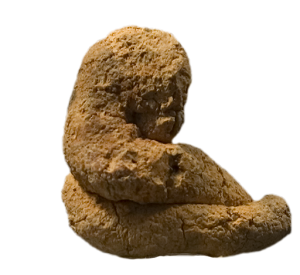Marija Gimbutus – Old Europe
Marija Gimbutas, an expert archaeologist on European prehistory proposed the term ‘old Europe’ to argue that the European Neolithic was a women-centred society which honoured the Goddess in a myriad of sacred figurines. Extending from her work many feminists and scholars consider the Maltese temples as among the oldest of the Goddess centred cultures and the shape of the temple chambers as reflective of the female form.
Healing Site
 Another related concept is that the Mnajdra temple might have been a site for ritual activities associated with healing for the local community and of pilgrimage from further a-field. The figurines found at Mnjadra are often anthropomorphic or in-extremis. As Vella-Gregory has suggested, the figurines might be embodiments of events in the lives of women with the twisted lumps of clay being foetuses. Others have suggested that the figurines, which fit easily into the palm of the hand might be votive offerings that could be passed through the inter-connected apertures between main and side chambers.
Another related concept is that the Mnajdra temple might have been a site for ritual activities associated with healing for the local community and of pilgrimage from further a-field. The figurines found at Mnjadra are often anthropomorphic or in-extremis. As Vella-Gregory has suggested, the figurines might be embodiments of events in the lives of women with the twisted lumps of clay being foetuses. Others have suggested that the figurines, which fit easily into the palm of the hand might be votive offerings that could be passed through the inter-connected apertures between main and side chambers.
Orientation – knowledge of astronomy
The South Temple is unique in being orientated to the East. A few years ago archaeologists observed the incident of light during the solstice and equinox and identified post-hole markers in the nearby landscape. During the dawn equinox the first rays of the sun enter the main passageway to light up the rear altar in the inner chamber. At the summer and winter solstice, light marks the edge of the left and right main doorway pillars. An array of pitted markings on one of the uprights in the East Temple has also been interpreted as a tally of the movement of Pleiades (the Seven Sisters) in the ancient night sky.